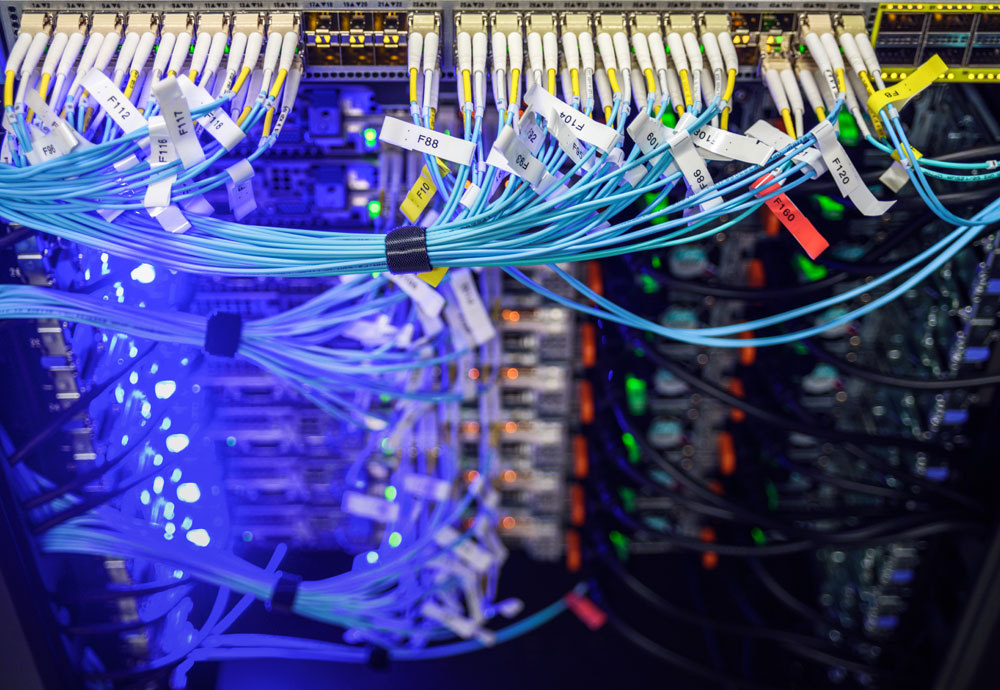What Is a WLAN?

Wireless local-area networks (WLAN) are a grouping of co-located computers or similar devices that create a network on the basis of radio transmissions instead of wired connections. Wi-Fi network’s are a kind of WLAN; individuals connected to Wi-Fi when reading this post is using WLANs.
How is a WLAN beneficial to a business?
By enabling work to occur anywhere, wireless networks don’t just increase productivity and offer convenience. They can delineate business goals and how they are reached—not just in offices but also in warehouses, health care facilities, and educational institutions.
How does a WLAN work?
Similar to broadcast media, a WLAN transmits information using radio waves. This information is transferred in packets. These packets include layers that have labels and guidelines that, alongside the essential MAC (Media Access Control) addresses designated to end-points, allows routing to planned locations.
How is a WLAN created?
WLAN’s can be arranged in one of two ways:
- Infrastructure
A home and/or office Wi-Fi network is an instance of a WLAN configured in infrastructure mode. The end-points are all linked and communicate with one another using a base station, in which might also provide internet access. A simple infrastructure WLAN is able to be set up with just a couple of parts: a wireless router, in which acts as a base station, and end-points, in which can be computers, mobile equipment, printers, and other tools. In a lot of cases, a wireless router is also the internet connection.
- Ad Hoc
In this configuration, a WLAN connects end-points like computer workstations and mobile devices without using a base station. Use of Wi-Fi Direct technologies is typical for an ad hoc equipment network. Ad hoc WLAN’s are easy to set up and are able to provide simple P2P communication. Ad hoc WLAN’s requires only two or more end-points with built-in radio transmission, like computers or mobile devices. Following adjusting network settings for an ad hoc mode, one user starts the network and becomes visible to other users.
Are WLANs secure?
WLANs are more susceptible to being infiltrated than physical networks. With wired networks, a bad seed requires gaining physical access to an internal network or infiltrate an external firewall. For accessing a WLAN, a bad seed must merely be within reach of the network. The simplest technique of securing WLANs is to use MAC addresses to prohibit unsanctioned stations. Nevertheless, determined bad seeds might be able to join networks by tricking a sanctioned address. The most general security method for a WLAN is encryption, is the addition of Wired Equivalent Privacy (WEP) and Wi-Fi Protected Access (WPA), with WPA2 as the conventional authentication method.
How does roaming work on WLANs?
For any size networks, access points could increase the area of access. Wi-Fi conventions are designed for allowing a non-stationary user’s connection to bounce from one access point to another access point, although some users and applications might experience temporary dropouts. Even having non-overlapping access points, a user’s connection is merely paused until connected with the subsequent access point. Auxiliary access points may be wired or wireless. When access points interrelate, they can be set up to help enhance the network by sharing and handling loads.
What is a mesh network?
A mesh network expands a WLAN’s range and performance, using multiple access points that connect with one another wirelessly. A mesh network provides several transmission pathways; with perceptive algorithms, it can handle routing to enhance performance.
Find IT Services in Phoenix, AZ
Wired IT Group is a full-service information technology (IT) vendor, based in Phoenix, AZ. Our team is capable of designing, installing, and maintaining all of your IT solutions from network management, server maintenance, network systems to security systems, and low voltage cabling we have you covered. Call us today at 480.210.8799 for more information about our managed IT services.
More Articles About IT Services
- What is Server Security?
- What is Network Security?
- What are Unified Communications?
- Security Camera Installation Cost
- What is Network Management?
- How Do I Install A Security Camera In My Phoenix Arizona Home?
- What is the Going Rate for IT Services?
- What is Server Maintenance?
- What Does Managed IT Services Mean?
- What are IT Services?
- Different Types Of Network Security










